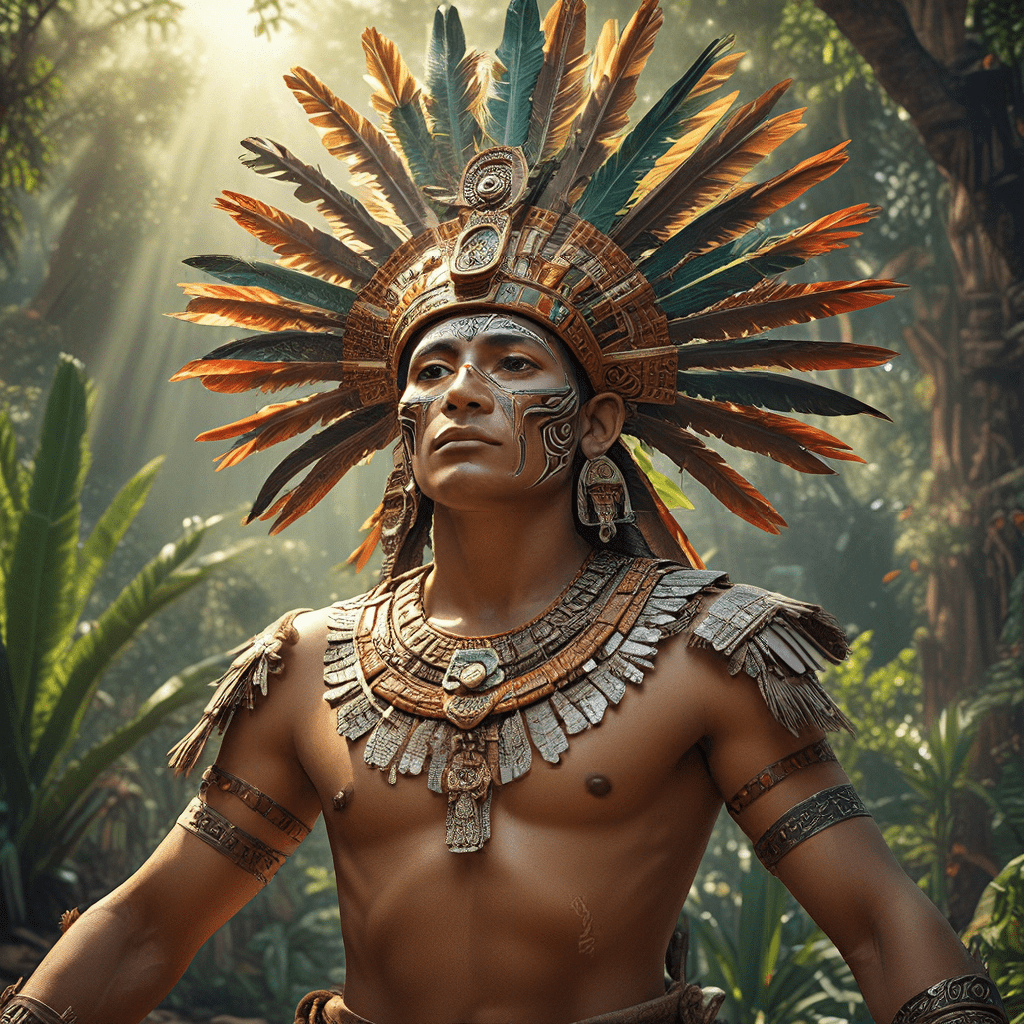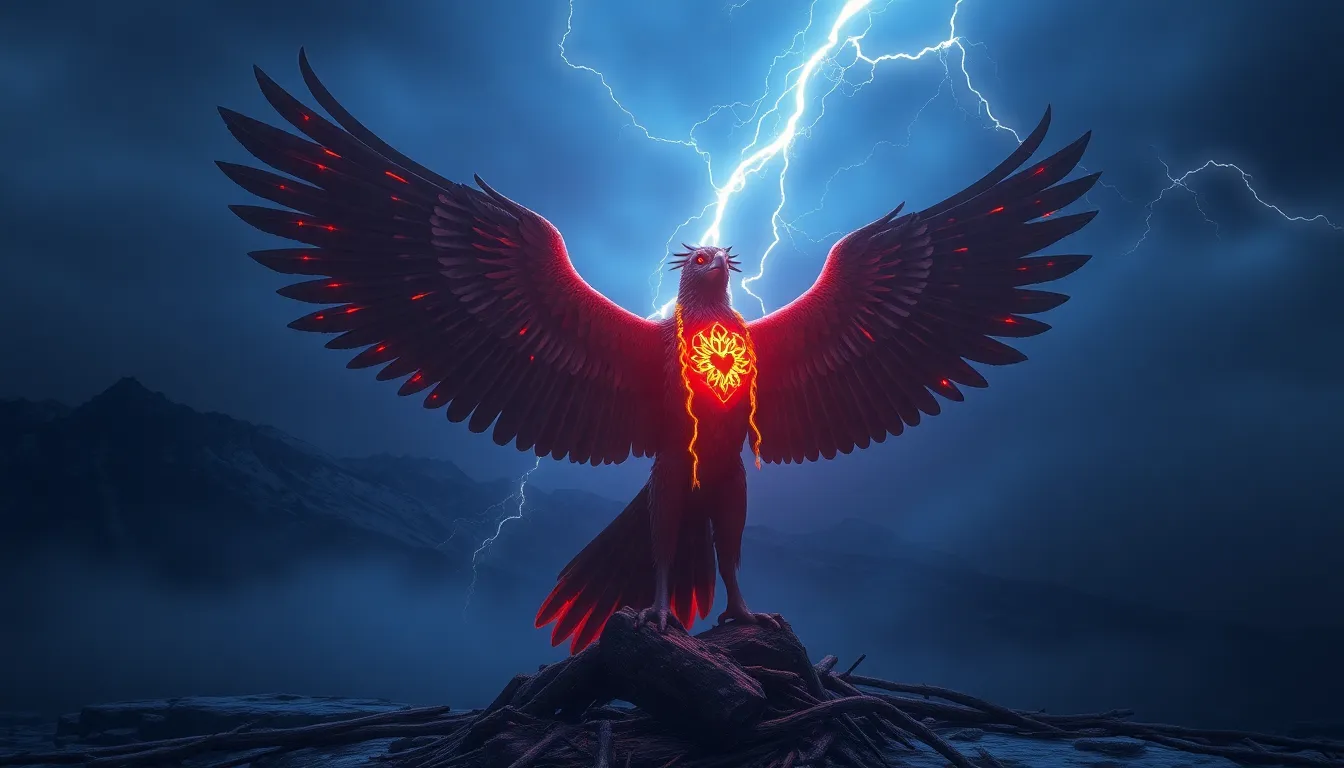The Enigmatic Griffin: The Royal Beast of Myth
1. Introduction to the Griffin
The griffin is an extraordinary mythological creature, often depicted with the body of a lion and the head and wings of an eagle. This fascinating combination symbolizes the strengths and qualities of both the king of the beasts and the king of the birds. The griffin has captured the imagination of various cultures throughout history, serving as a potent symbol of power, protection, and divinity.
Across different civilizations, the griffin has played a significant role, representing not only physical prowess but also the guardianship of treasures and the divine. Its majestic appearance has made it a favorite in art and literature, reflecting the human fascination with the blending of two powerful animal forms.
2. Origins of the Griffin in Ancient Civilizations
The origins of the griffin can be traced back to ancient civilizations, where early depictions appeared in Mesopotamia and Egypt. In Mesopotamia, griffin-like creatures were often portrayed in artifacts and stone carvings, serving as guardians of sacred spaces and treasures.
In ancient Egypt, the griffin, known as the “gryphon,” was associated with the sun god Ra. Artworks from this era frequently depicted griffins in protective roles, symbolizing strength and vigilance. Both cultures utilized the griffin in their mythology and art, establishing it as a creature of great significance.
3. The Griffin in Greek and Roman Mythology
In Greek mythology, griffins were often depicted as guardians of gold and precious minerals, particularly in tales related to the legendary land of the Hyperboreans. They were considered sacred to Apollo, embodying the divine power of the gods. The Greeks recognized the griffin as a symbol of divine protection, often featured in temple reliefs and pottery.
Roman culture adopted the griffin from Greek myths, integrating it into their literature and art. The griffin became a popular motif in Roman mosaics and sculptures, symbolizing strength and vigilance. Roman authors, such as Pliny the Elder, wrote about the griffin’s mythical attributes, emphasizing its role as a protector of the divine and the earthly realms.
4. Symbolism and Meaning of the Griffin
The griffin is rich in symbolism, often representing strength, protection, and divine power. Its lion’s body signifies bravery and nobility, while its eagle’s head and wings symbolize vision and the ability to soar above challenges. The duality of the griffin encapsulates the qualities that ancient societies revered:
- Strength: The lion aspect represents physical power and courage.
- Wisdom: The eagle signifies keen insight and intelligence.
- Protection: The griffin often serves as a guardian, especially in mythological narratives.
- Royalty: Its majestic stature makes it a fitting symbol for nobility and divine authority.
Thus, the griffin embodies the best traits of both creatures, making it a powerful symbol in various cultures.
5. Griffins in Heraldry and Royalty
Throughout history, griffins have been prominently featured in heraldry as symbols of nobility and power. Many coats of arms incorporate the griffin, representing the noble family’s lineage and values. Notable examples include:
- The arms of the city of London, which features a griffin as a symbol of protection.
- The coat of arms of the Earl of Chester, which prominently displays griffins.
- Scottish heraldry, where griffins symbolize strength and courage.
These heraldic griffins serve as emblems of authority, reinforcing the idea that those who bear them are divinely protected and endowed with strength.
6. The Griffin in Medieval Bestiaries
During the medieval period, the griffin was a popular subject in bestiaries—illustrated compendiums of animals that often included moral lessons. In these texts, griffins were depicted as noble creatures that embodied virtues such as bravery and loyalty. They were often used as symbols to teach ethical lessons about protecting one’s community and upholding justice.
The griffin’s dual nature allowed it to serve as a metaphor for the struggle between good and evil, making it a significant figure in medieval literature and art.
7. Cultural Depictions of the Griffin Across the World
The griffin’s influence extends beyond European mythology, appearing in various cultures worldwide. In Persian mythology, for example, creatures resembling griffins are known as “Shirdal,” which also signify strength and protection. In Asia, similar beings are found in Tibetan and Mongolian folklore, where they embody the fusion of earthly and celestial qualities.
Despite the variations, these griffin-like creatures share common characteristics, such as:
- Merging of two powerful animals.
- Symbolism of guardianship and protection.
- Association with divine or royal attributes.
This comparative analysis reveals the universal appeal of the griffin and its significance as a mythical creature across different cultures.
8. The Griffin in Modern Popular Culture
In contemporary times, the griffin has experienced a resurgence in popular culture, appearing in literature, films, and video games. Works such as J.K. Rowling’s “Harry Potter” series feature griffins as magical creatures, while many fantasy video games showcase griffins as majestic mounts or formidable foes.
Modern interpretations often maintain the traditional symbolism of strength and protection, though they might also explore the griffin’s mystical qualities and its role in fantasy narratives. This evolution reflects the ongoing fascination with the griffin and its adaptability to new contexts.
9. Artistic Representations of the Griffin
The griffin has inspired countless artists throughout history, appearing in notable works from various art movements. From ancient mosaics to medieval tapestries, the griffin’s striking appearance has made it a subject of artistic expression. Some significant artistic representations include:
- Ancient Greek pottery depicting griffins in mythological scenes.
- Medieval manuscripts that illustrate the moral lessons of the griffin.
- Renaissance paintings where griffins represent divine virtues.
These artistic representations have contributed to the griffin’s legacy, influencing styles and movements across centuries.
10. Conclusion: The Enduring Legacy of the Griffin
The griffin remains a powerful symbol of strength, protection, and divinity, continuing to captivate the human imagination. Its rich history and adaptability in various cultural contexts highlight its enduring relevance. In today’s society, the griffin represents the fusion of power and wisdom, serving as a reminder of our quest for protection and strength in an ever-changing world.
As we explore modern interpretations and representations, the griffin’s legacy persists, demonstrating its role in ongoing myth-making and cultural storytelling. The creature stands as a testament to humanity’s fascination with the mythical, embodying qualities we continue to aspire to in our lives.




